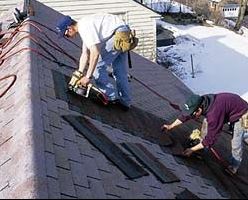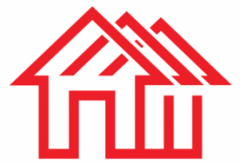Shingle Roof Over

In today’s economy I am getting more and more questions regarding adding a layer of asphalt shingles over the existing. The biggest issue I have found with shingle roof overs is the inability to determine the condition of the decking. In a roof over if we nail into decking that feels solid but is actually damaged, the new nails will back out with ease over time. The current shingles can not be curling or have a wavy surface. It is also important that there are not an excessive amount of nails backing out of the existing roof. The nails will continue to back out and push against the new shingles causing a lifting pattern that can create holes, or lift the shingle up. The lifted shingle can allow blowing rains under the shingle, or wind to bend the shingle back until it breaks. Weight is a factor as well. Some roofs may develop a sagging appearance over time. Most codes will not allow for three layers due to the risk of collapse. Some shingle manufacturers will not warranty any roof overs.
The positive aspect of a roof over is the amount of time that can be saved in labor. Hours can be saved by not having to tear off the existing roof. The existing shingle lines can be followed and new chalk lines do not have to be created saving more time. Another cost that is spared is the disposal of the shingles and felt.
While a roof over is a great fix for a home owner that is attempting to buy some time, or simply can not afford a complete job, it is risky. There are so many variables that may cause premature deterioration it may cost more money in the long run. The cost of tearing off the multiple layers, and usually the decking will need to be replaced due to the damage from the weight. Any water that may have been trapped between the layers causing mold and mildew may cause greater harm. Over time a tear off, along with a 50 year warranty from the manufacturer for labor and materials, will be the cheaper choice.
